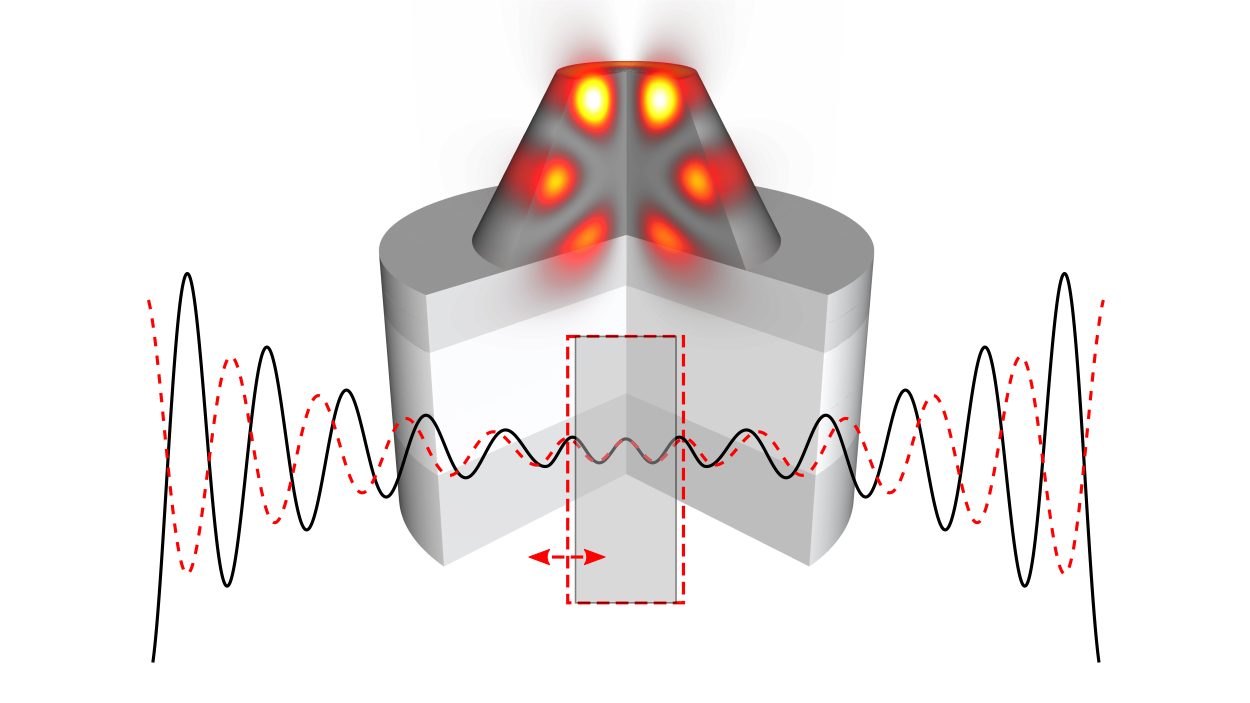Resonance phenomena are ubiquitous in physics and their modeling and numerical treatment play a crucial role for the theoretical description of wave propagation and interference effects. Resonances are characterized by complex-valued eigenfrequencies describing the losses of the underlying resonators. There are well-known efficient numerical approaches for calculating the eigenfrequencies themselves. However, the calculation of their sensitivities, i.e., partial derivatives, often involves a high computational effort, raising the question of whether eigenfrequency sensitivity information should be included in numerical experiments, e.g., in optimization algorithms. A simple and commonly used, but very costly numerical approach is to use finite differences. For each sensitivity, additional, slightly perturbed resonance problems must be solved. The computational effort for optimizing resonators with incorporating sensitivities must of course not be higher than the effort for the optimization without sensitivities. The question remains open whether the additional effort for the computation of the sensitivities can be offset by a faster convergence rate of the optimizer.
The approach proposed in our work is based on Riesz projections, which we have studied with great interest in the last years. At the beginning, our original goal was to investigate light-matter interactions in dispersive nanoresonators by an expansion from eigenmodes. This led us, with a detour via the study of light in nonlocal material systems and via the modal expansion of optical far-field quantities, to the use of Riesz projections in combination with physical source terms for the computation of eigenfrequencies. These investigations have also led to a software publication. And recently, we had the idea to use Riesz projections also for the calculation of eigenfrequency sensitivities.
In our work, an answer to the question from above is given: One can incorporate eigenfrequency sensitivities into numerical experiments without a significant additional computational effort. Linear systems of equations are solved with high accuracy in form of Riesz projections, i.e., contour integrals based on physical source terms, instead of solving source-free eigenproblems. This offers the possibility to apply the approach of direct differentiation, which is based on the reuse of the linear system matrix, so that the eigenfrequency sensitivities can be accessed very efficiently. The figure below sketches this advantage for calculating the eigenfrequency sensitivities of a three-dimensional nanophotonic resonator. When using the proposed Riesz-projection-based approach, adding sensitivities to be calculated does not significantly increase the computational effort.

We have applied this approach to optimize an important figure of merit in the field of nanophotonics, the quality (Q) factor. The Q-factor is defined as the scaled ratio of the real and imaginary parts of the eigenfrequencies. High-Q resonators are applied in, e.g., quantum technology to boost the brightness of single-photon sources, or in other applications where the relation between stored and radiated field energies of the resonances is essential. We have derived our method for Maxwell's equations in the field of nanophotonics, but it can be applied to any resonance problem. We are excited to see where else Riesz projections will take us. The very general approach based on contour integrals offers many possibilities, and we believe that its potential is far from exhausted.







Please sign in or register for FREE
If you are a registered user on Research Communities by Springer Nature, please sign in